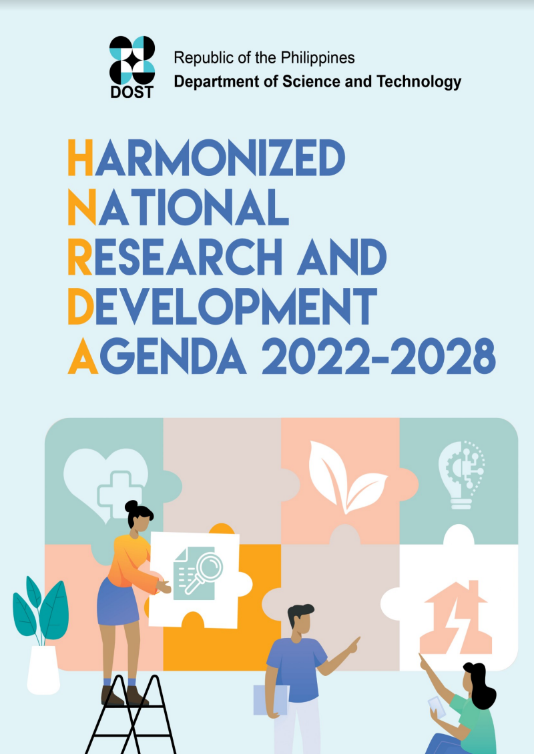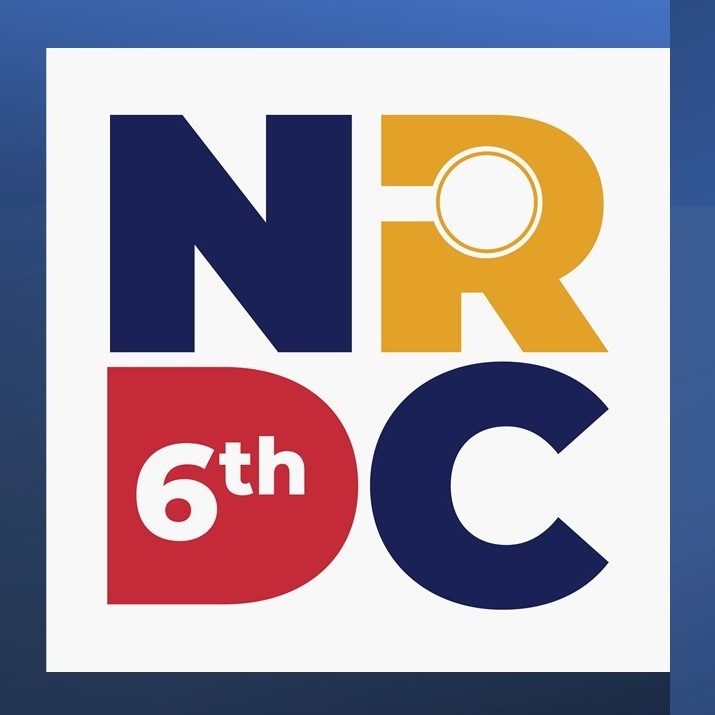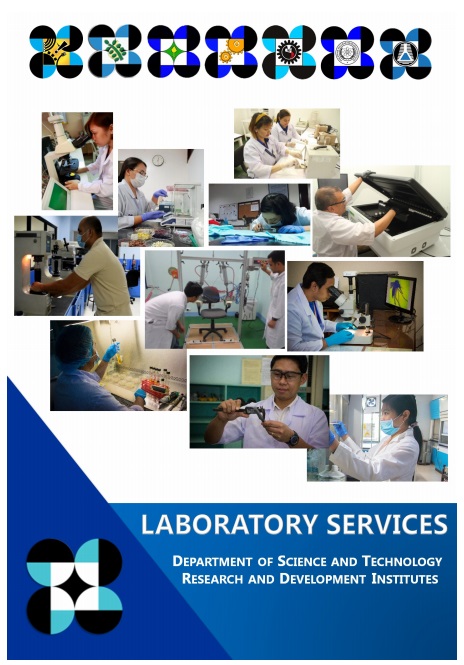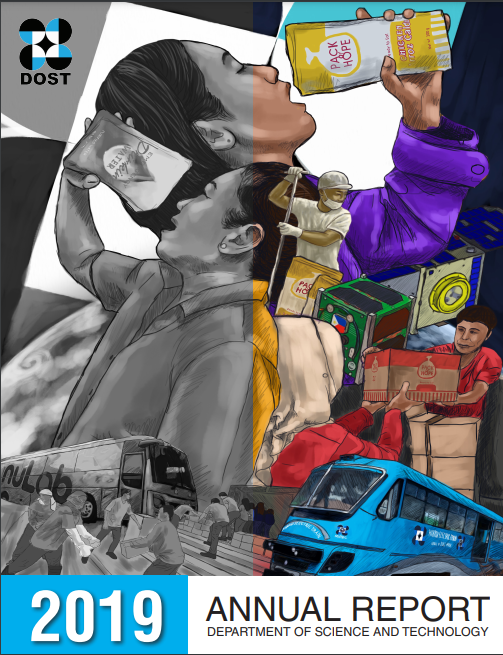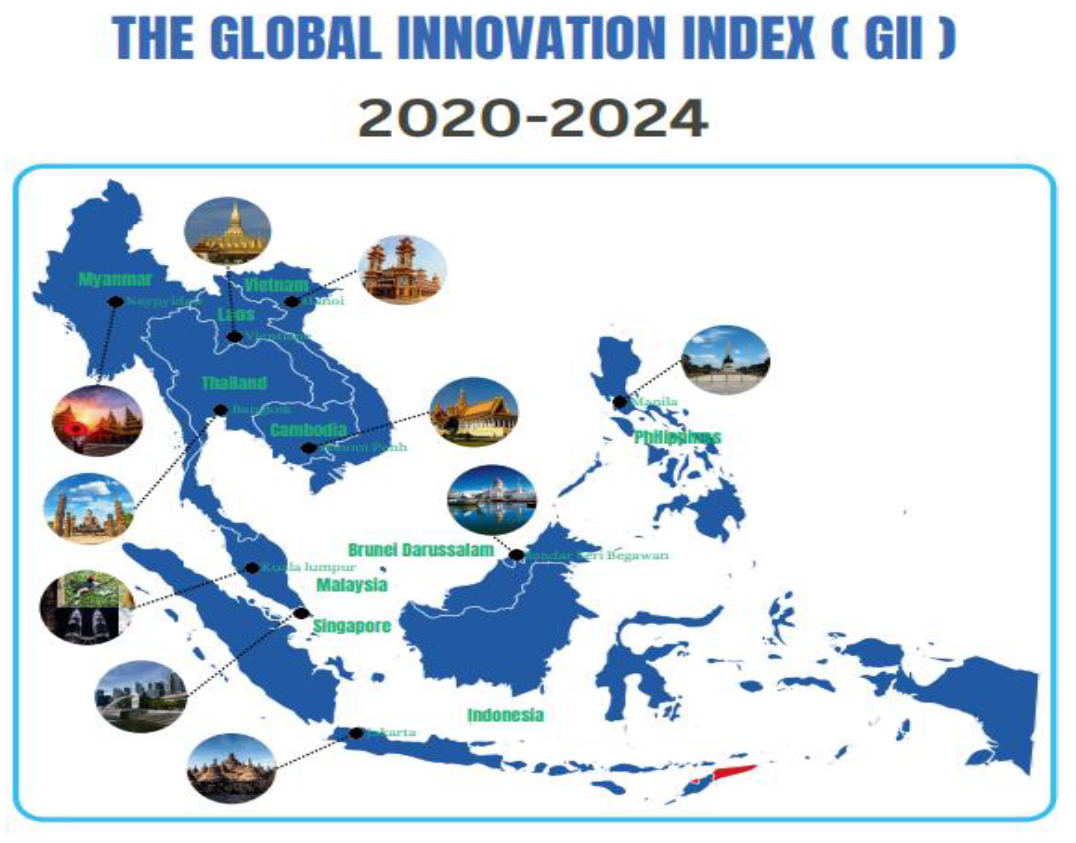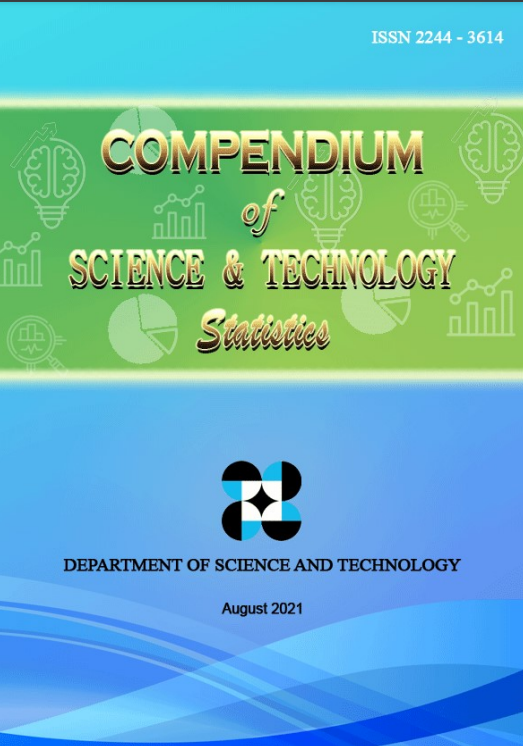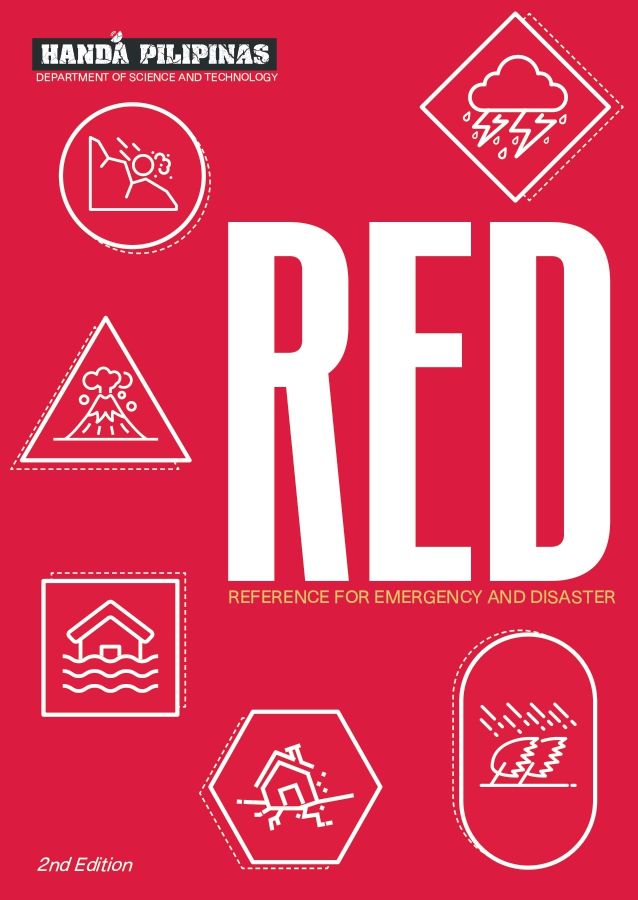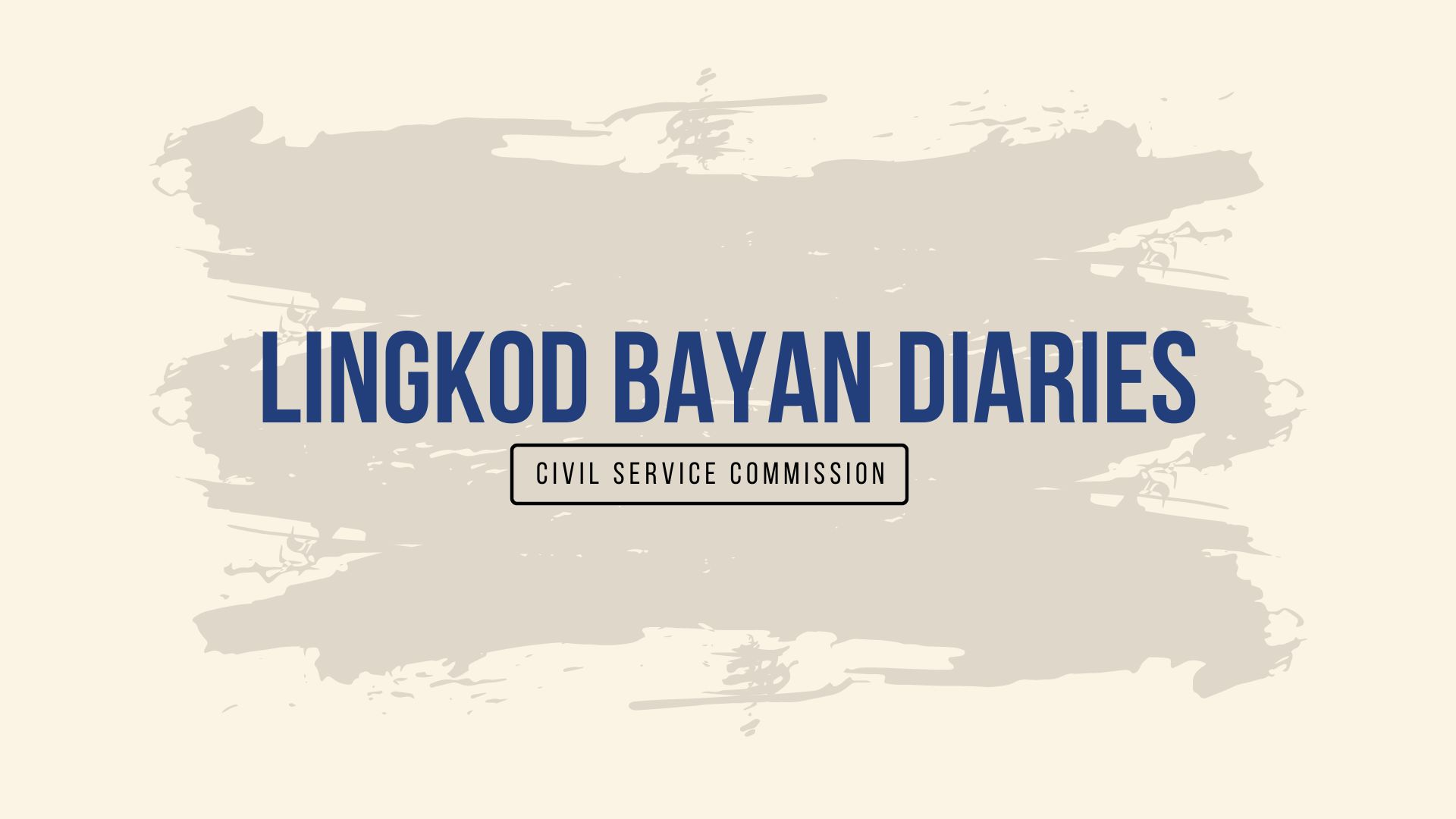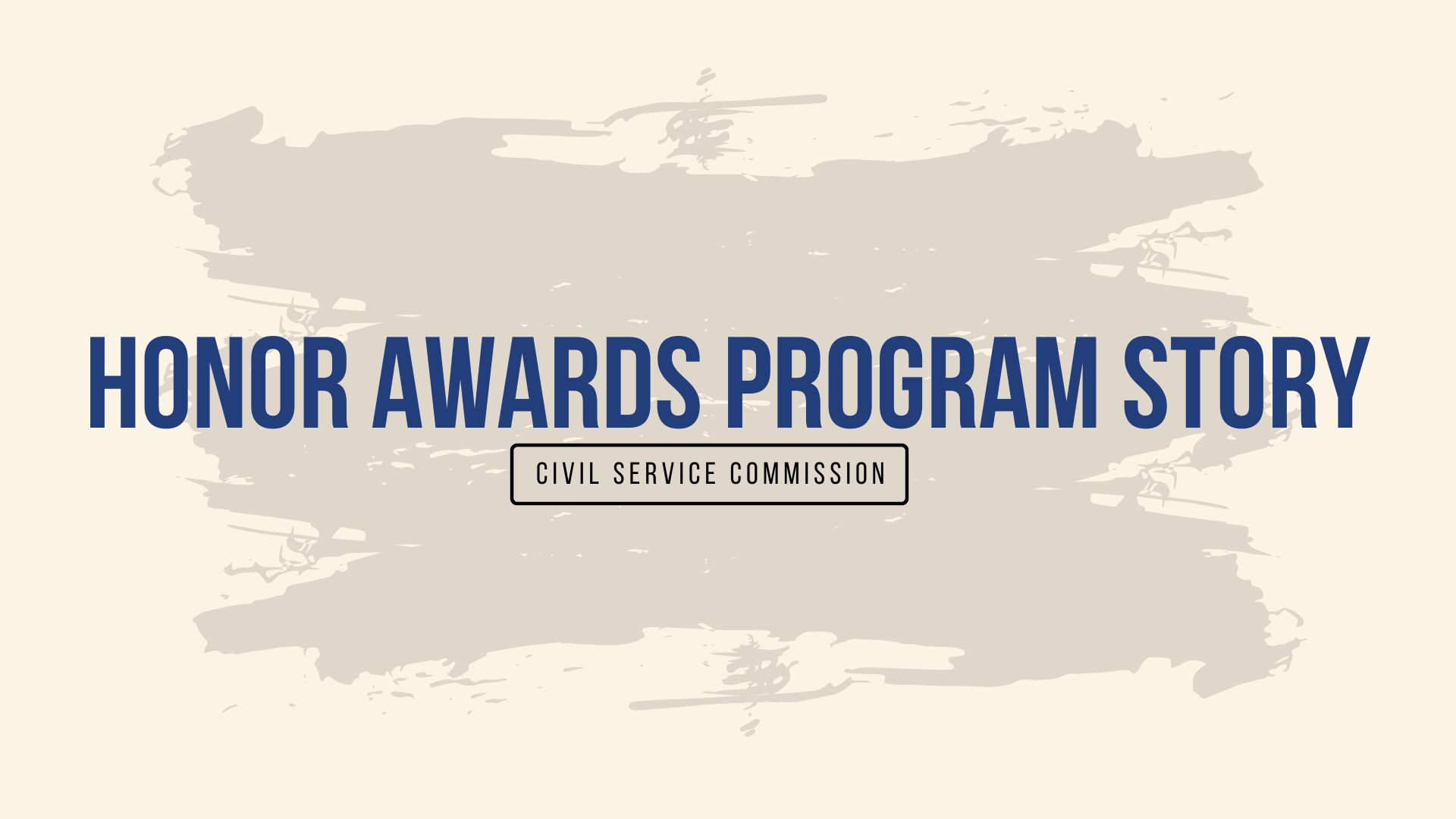DOST’s technique for skeletonized leaves colors PH handicraft industry
- Details
- Hits: 15588
Starting in the late 1990s, the arresting beauty of skeletonized leaves has captured the imagination of local handicraft artists and clients. The items have become a popular material for accenting stationery, packaging, lighting fixtures, furniture and all sorts of decorative and novelty products.
The efforts of the Department of Science and Technology’s Forest Products Research and Development Institute (DOST-FPRDI) have been a big help in popularizing skeletonized leaves. Over the last decade, the Institute has trained around 1,500 people nationwide on a new method of leaf skeletonizing.
Up close, the leaf skeleton is made up of a complex of very fine veins, the intricate patterns of which rival those of expensive laces.
Says Mr. Cesar O. Austria, Senior Science Research Specialist of DOST-FPRDI’s Technical Services Division, “Using the old technique, heavily-veined leaves are skeletonized by soaking them in cold water for three to five weeks or burying them in mud until their fleshy pulp has dissolved and only the veins remain.”
“FPRDI modified this procedure and came up with a faster, easier version. One simply boils fresh leaves in caustic soda solution until the soft tissues are dissolved and only the skeletons remain. These are then bleached to remove their natural color and prepare them for dyeing.”
Salay Handmade Paper Industries, Inc. (SHAPII), one of the country’s top exporters of handmade paper products, uses leaf skeletons to decorate their greeting cards, fans, frames, notebooks and boxes.
SHAPII is a multi-awarded company that ships its products to major markets in the US and Europe. It is known for its eco-friendly practices and for providing jobs to many men and women in the town of Salay in Misamis Oriental, according to Austria.
“Skeletonized leaves are certainly a welcome addition to the raw material stock of the handicraft industry and DOST-FPRDI is happy to have helped the many small and very small shops all over the country which now make them using the newer technique,” observes Austria.
Worldwide, the country continues to be a leader in handicraft production. According to Mr. Dennis Orlina of the Philippine Chamber of Handicraft Industries, Inc. (PCHI), our exporters plan to tap new markets in South America, Africa, Russia and Vietnam as they aim for a 10-percent growth in shipments this year. Last year, Philippine handicraft exports were estimated to have reached US$130 million.
For those interested in the new technique of producing skeletonized leaves may contact DOST-FPRDI at 63 495362360 (telephone) or 63 495363630 (telefax) or email This email address is being protected from spambots. You need JavaScript enabled to view it..
Skeletonized leaves and other handicrafts that have improved quality due to DOST’s technology intervention will be on exhibit during the National Science and Technology Week, 23-27 July 2013 at the SMX Convention Center. Also called the “ExpoScience 2013”, the NSTW will feature various fora, technology demonstrations, quiz shows and other exciting events for everyone. Entrance is free and most of the events are open to the general public.
Sample products:
 |
 |
|
Bio-tree |
Butterfly jars |
 |
 |
|
Cacao lampshades |
Square vase |
DOST’s courseware project nominated in ISIF Asia awards
- Details
- Hits: 3767
The Department of Science and Technology’s (DOST) courseware project for elementary students is currently nominated for the 2013 Information Society Innovation Fund (ISIF) Asia Awards. Designed by DOST’s attached agencies, the Science Education Institute (SEI) and Advanced Science and Technology Institute (ASTI), the project nomination can be viewed and voted on at http://isif.asia/projects/projects/view/346.
Titled "Technology Package for Student Learning Empowerment: Mathematics Courseware for Tablet PC," the project is entered under the ”Innovation on learning and localization” category of the ISIF Asia Awards which acknowledges the important contributions of ICT innovators to the social and economic development of the Asia Pacific region.
In addition to selecting a winner per category, a Community Choice Award will be conferred to the project with the best social media campaign. Thus the DOST invites the public to visit the said webpage and vote online for the DOST-developed courseware.
The project seeks to contribute to the improved delivery of educational content especially in the primary education, and consequently, to the improvement of the quality of Philippine education. By utilizing efficient and affordable innovations in ICT, the students are better able adapt to new ways of learning in this information age.
The courseware is composed of ten lessons in Grade 1 mathematics with 16 activities, fixing skills, and evaluation that involves animated interactivities aimed at engaging pupils in fun ways of learning. Local talents such as highly-skilled graphic artists and programmers were tapped to develop the program.
Pilot testing of the courseware involved the deployment of tablet computers to ten selected elementary schools in the country, for which various metrics were used to measure the tools’ effectiveness. To identify the schools to be involved in the pilot testing, a National Steering Committee was created composed of key representatives from DOST, SEI, ASTI, Philippine Council for Industry, Energy and Emerging Technology Research and Development which is another DOST agency, Department of Education, UP National Institute for Science and Mathematics Education Development, and the Ateneo de Manila University.
The project also provided training for teachers as part of the pilot test deployment and first-level support for deployed units. For more information, please visit their site at http://isif.asia/home. Last day for online voting is on June 26, 2013. (By Josephine S. Feliciano, S&T Media Service, DOST- SEI)
DOST’s brown rice program promises a healthier option
- Details
- Hits: 16124
Brown is beautiful… and healthy!
This may as well be the battlecry of the Department of Science and Technology (DOST) as its attached agency, the Food and Nutrition Research Institute (FNRI), leads a nationwide campaign to make sure brown rice is served by more Filipino households as a staple food and promote it as a healthier option to white rice.
Brown rice, one of DOST’s solutions to address food security, will be one of the featured products at the National Science and Technology Week to be held July 23-27 at the SMX Convention Center at the SM Mall of Asia in Pasay City.
During a consultative meeting on DOST Brown Rice Program conducted by the National Academy of Science and Technology (NAST), DOST’s advisory body, NAST President William G. Padolina stressed the importance of the program to achieve self-sufficiency in rice production as well as its consequent health and economic benefits to farmers and consumers.
Brown rice is any variety of rice that has been dried, cleaned and milled with only the husk removed while leaving the rice kernel coated with bran layer. White rice on the other hand, undergoes a second milling process that removes the bran layer, and is thus referred to as “polished rice.”
The bran layer and the germ are very rich in nutrients like fiber, minerals, vitamins B (thiamine) and E that prevent beri-beri and protein.
“Brown rice is rich in minerals like selenium and manganese and high in fiber content. Also it is a good antioxidant that can reduce risk of cardiovascular diseases,” said Padolina.
Studies conducted by FNRI showed the many benefits of eating brown rice compared to white rice.
Dr. Mario V. Capanzana, FNRI director, said that a shift to eating preferences in favour of brown rice could significantly contribute to lowering incidence of malnutrition among children. “Brown rice is recognized as food combating malnutrition but unfortunately few people use it due to longer cooking time and availability in the market,” revealed Dr. Capanzana.
However, Dr. Manuel Jose C. Regalado, deputy executive director for research at the Philippine Rice Research Institute (Philrice), said that around 25% of retail sales in rice from supermarkets and hypermarkets come from brown rice.
FNRI continues to conduct researches to make brown rice more acceptable to the buying public.
Among these is a study on improving the shelf life of brown rice from a maximum of three months to about five to nine months. The study was presented during the NAST consultative meeting by Engr. Rosemarie G. Garcia, senior science research specialist from FNRI.
Another is a study by Aida Mallillin, also of FNRI, on mineral availability, dietary fiber content and fermentability characteristics of optimized brown rice. The said study noted that dietary fiber helps in preventing obesity, diabetes mellitus and possibly cancer.
Both studies involved the use of four rice varieties, namely: RC 160, RC 216, PHB 71 and SL8.
DOST’s genomics research to boost sugar industry
- Details
- Hits: 3161
The Department of Science and Technology (DOST), via the Philippine Genome Center (PGC) and other partners, taps the potentials of genomics to come up with better sugarcane varieties through a research that would help boost the sugar industy and improve the livelihood of 62,000 sugarcane farmers all over the country.
Faster, more effective selection via genomics
Through genomics, scientists in the country aim to produce sugarcane varieties with high sucrose or sugar content, fungal resistance, high tillering and ratooning capabilities. Ratooning is a method of harvesting in which the roots and the lower parts of the plant are left uncut. Out of this stubble, a new crop is grown which matures earlier and gives the same yield.
Scientists also aim to bring down the breeding cycle of sugarcane from seven years, using traditional breeding techniques, to just two years. This is made possible via a method called marker-assisted selection which involves the identification of desirable traits in plants at the early stage of the breeding cycle.
Traditionally, plant breeders select plants based on their visible characteristics. They have to wait for the seedlings to mature to know if these carry the desired characteristics from the parent plants. With marker assisted selection, doing tissue analysis of the seedlings will show whether they contain the desired genes. If not, the breeder can move on to producing other seedlings, thus reducing time and costs in producing a new variety of sugarcane and other plants.
Marker assisted breeding is one application of genomics, or the study of all the genes in an organism and how these genes interact among themselves and the environment. Genomics is one of various emerging technologies promising enormous rewards for different industries, farmers and other workers, and investors. As one of DOST’s main priority initiatives, genomics and its applications in agriculture, health, energy, biodiversity and forensics will be showcased during the National Science and Technology Week (NSTW) on July 23-27 at the SMX Convention Center, SM Mall of Asia.
Aside from sugarcane, PGC also aims to identify markers for bunchy top virus-resistant abaca, drought-resistant eggplant, bananas and others important crops in the country.
Set up in 2009 at theUniversity of the Philippines with initial funding from DOST, PGC is stepping up efforts to increase the country’s capability in genomic research with its new facilities for researchers: the DNA Sequencing Core Facility and the Bioinformatics Core Facility, a dedicated computing facility for analyzing large data from the DNA sequencing facility.
PGC and its technologies will also be featured at NSTW in July. Organized by DOST, the annual event highlights the significant contributions of science and technology (S&T) to national development and serves as a platform for heralding S&T advocacy in the country.













